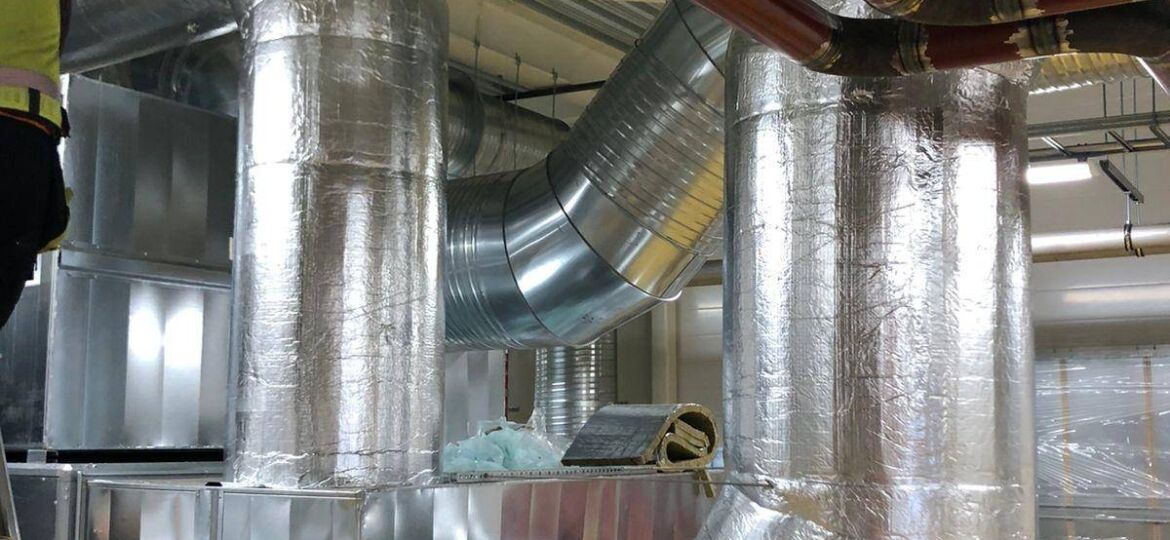Proper ventilation is an essential aspect of any indoor space, whether it’s a residential, commercial, or industrial setting. It refers to the process of exchanging indoor air with fresh outdoor air, ensuring a continuous flow and circulation. In this section, we will delve deeper into the importance of ventilation systems and the impact they have on indoor air quality and overall well-being.
1.1 Exploring the Significance of Indoor Air Quality:
Indoor air quality (IAQ) refers to the quality of air within buildings and structures. It is directly influenced by various factors such as pollutants, humidity levels, temperature, and ventilation. Poor IAQ can lead to a range of health issues, including respiratory problems, allergies, and even more severe conditions. Proper ventilation is crucial for maintaining optimal IAQ by removing pollutants, controlling moisture levels, and preventing the buildup of harmful gases.
1.2 Understanding the Health Benefits of Proper Ventilation:
A well-designed and efficiently operating ventilation system offers numerous health benefits. Firstly, it helps remove airborne contaminants, including dust, allergens, and volatile organic compounds (VOCs). These pollutants can contribute to respiratory issues and allergic reactions. By constantly refreshing the indoor air, ventilation systems dilute and remove these contaminants, creating a healthier environment for occupants.
Moreover, ventilation systems help control humidity levels, preventing the growth of mold, mildew, and bacteria. Excessive moisture can lead to respiratory problems and trigger allergies. Proper ventilation helps maintain an optimal humidity range, reducing the risk of these issues and creating a comfortable living or working environment.
1.3 Implications of Poor Ventilation in Different Settings:
The consequences of inadequate ventilation can vary depending on the setting in which it occurs.
a) Domestic Settings: In homes, insufficient ventilation can lead to excessive condensation, resulting in dampness, mold growth, and musty odors. Occupants may experience discomfort, respiratory issues, and increased vulnerability to allergies. In extreme cases, it can even impact the structural integrity of the building.
b) Commercial Settings: In commercial buildings, poor ventilation can affect employee productivity and well-being. Stale air and elevated levels of pollutants can cause fatigue, headaches, and difficulty concentrating. Additionally, inadequate ventilation can negatively impact customer experiences in retail environments, leading to decreased foot traffic and potential loss of business.
c) Industrial Settings: In industrial facilities, ventilation is critical for maintaining a safe working environment. Without proper ventilation, hazardous fumes, dust, and pollutants generated during manufacturing processes can accumulate, posing serious health risks to workers. Ventilation systems in industrial settings help exhaust these contaminants and provide fresh air, ensuring employee safety and compliance with occupational health regulations.
Understanding the importance of ventilation systems is crucial for creating a healthy and comfortable indoor environment. Proper ventilation plays a significant role in maintaining optimal indoor air quality, reducing the risk of health issues, and enhancing overall well-being. By investing in well-designed ventilation systems, we can create spaces that promote productivity, comfort, and a higher quality of life for occupants in various settings.

